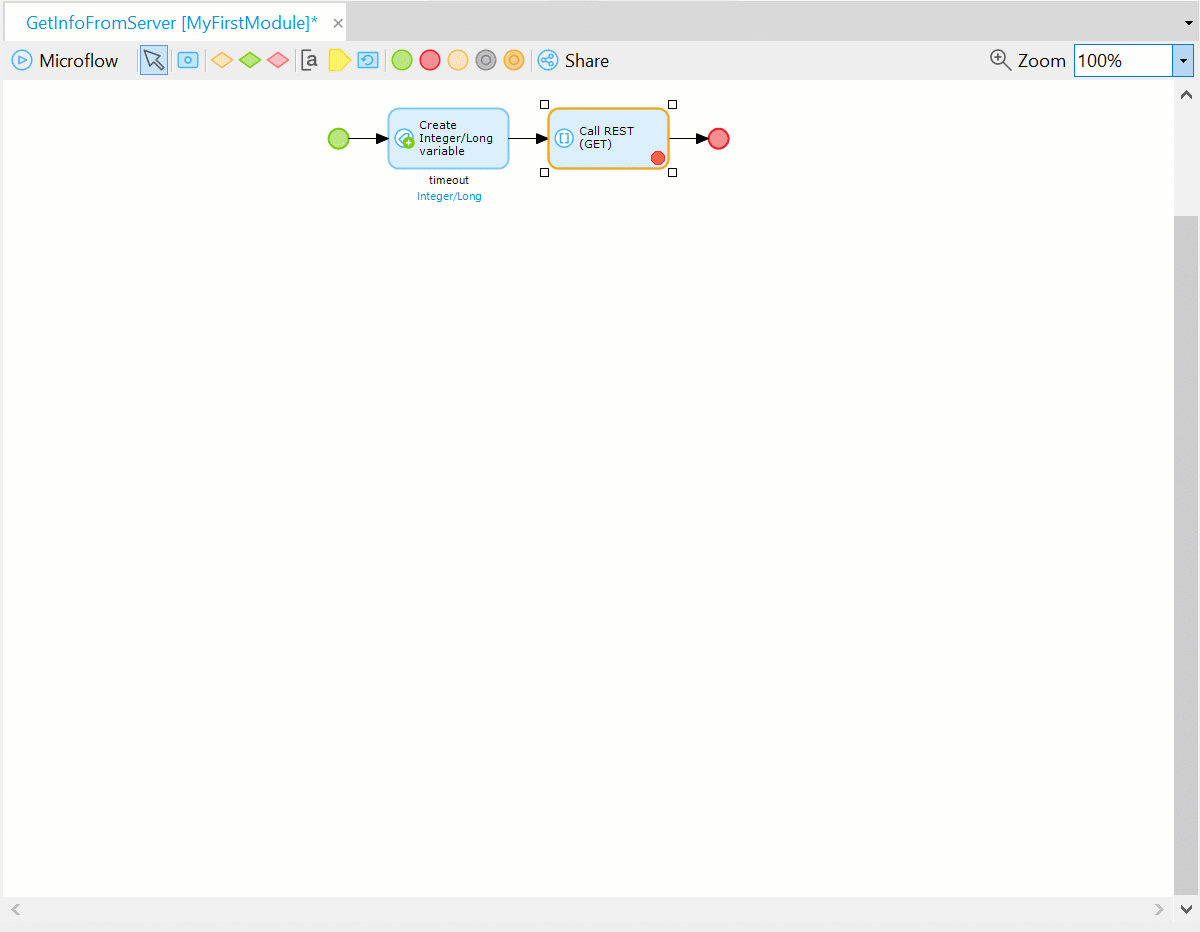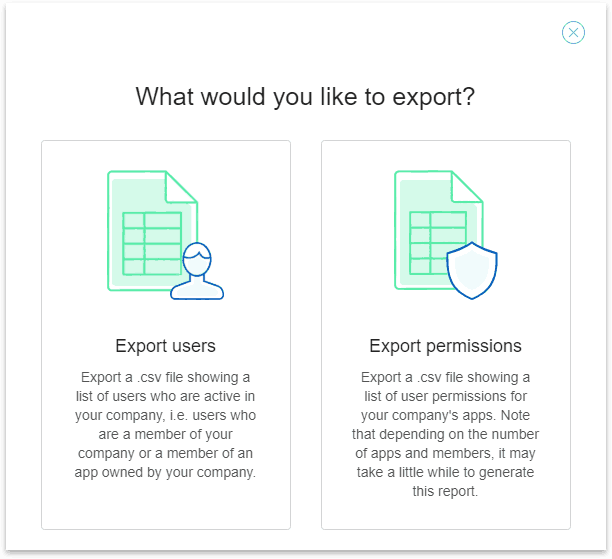One of the many cool things about Mendix is the constant pursuit to enhance the developer experience. Our passion is helping developers work smarter and not harder by making application development with Mendix easy, efficient, and collaborative. This month’s release continues to enhance REST API capabilities along with user access management reporting from the platform portal, and a number of productivity enhancements to the Web Modeler and Desktop Modeler. Read on for all the details of the Mendix 7.15 release.
REST
Create a REST endpoint from a microflow
Reduce the steps needed to add a REST endpoint by creating it directly from a microflow! Build your microflow, and right-click anywhere in the model to select “Publish as REST service operation…” Then navigate to the API definition or create a new one to add it in a snap. If the microflow is used as a Rest operation already, the “Go to…” operation will open the REST API definition and the properties for the endpoint.

Configure Proxy settings per service call
Prior to Mendix 7.15, proxy settings could be set only at the application level. This limited the flexibility of the app, especially if it needed to communicate with multiple systems through different connections. Now it’s possible to override these settings per service call, expanding the usability of Mendix across potential service layers. It is especially useful for building applications on top of SAP where some services may be on-premises, and others live in the SAP cloud.

Service call level proxy settings are available for Rest calls and Web-service calls. For web-services, applications need to start with 7.15 because a new software stack for calling web-services has been implemented. In the future, we will enable all applications to benefit from this new capability.
Example values and attribute documentation in Swagger definitions
A REST api is only as good as the ease with which it takes a developer to learn how to use it. To that end, we’ve made it possible to provide more documentation and even example values in generated Swagger documentation. Consumers of Rest APIs will find it easier to access APIs with better documentation and can test endpoints with sample data by simply clicking the Execute button.
The message definition dialog now enables you to provide example values and documentation per attribute illustrated in the screenshot above.

The swagger documentation shows the example values and documentation in the Models section. The example values will also be used in the example payload for trying-out the API.

Dynamic timeouts for service calls
Now, both REST and web-service calls support timeout values using an expression. Model changes are not necessary, and hot redeploy enables instant changes to the timeout duration if it is changed.

Platform Portal Updates
User access management report exports
For Company Administrators, it is sometimes hard to keep an overview of everything that is happening on home.mendix.com in your Company’s space. Which developers have access to that environment? And what are they working on? And are all employees of whom the contract ended properly off-boarded? Especially for organisations that are scaling up their Mendix deployment, controlling this can become a challenge. To make it easier to manage user access in these scenarios, we now provide the option for Company Administrators to generate exports of three reports from the Company Admin interface:
- An overview of all users that are a member of the team of one or more apps in your company, and when they were last active in your company. This includes e.g. contracted developers from other companies. This report enables you to easily manage the lifecycle of all users active in your company.
- An overview of all apps that have been created in your company, with relevant attributes like when the most recent commit was done and by whom.
- An overview of the permissions of each user, for each app of which they are a team member. This allows you to review, in detail, the access rights for every active user in your company’s space.

With the availability of these reports, it is now even easier to stay in control of who is active in your company space. You can find the Generate Report buttons on the Company Admin interface on the main Users and Apps pages.
Delighters
Colored labels: Labels on user stories can now be given a color instead of the – to be fair – slightly boring default grey color that the labels currently have. You can now choose to color each label differently and pick one of a few nice colors hand-picked by our UX team: Goldfish Orange, Mendix Blue, Firetruck Red or Tulip Green. Using colors makes it easier to distinguish between different labels, and can help you in tailoring your development process to your specific needs even further:

Desktop Modeler Delighters
Kicking off this month’s Desktop Modeler delighters is the recent projects context menu item from the Windows toolbar. Instead of firing up the modeler first, right click on the pinned Mendix Desktop Modeler icon and recent projects will appear.

Next up, microflow auto spacing. This delighter automagically adds space between activities on a microflow line. It saves time (and grief and aggravation) because it’s not necessary to expand the microflow line out before dropping a new action into the flow. Check it out!

Last but not least for the Desktop Modeler this month is an update to text templates to support number and date formatting. Once the format is set, it’s possible to live preview the format, and the new formatting capability supports custom date formats.

Web Modeler Updates
Search
In the latest Web Modeler release, we added a search button on the left side menu panel. This brings up a search box with free text search. What makes search cool is it eases finding and then jumping to pages, entities, and microflows within an application.

The search algorithm uses fuzzy matching of search terms, so even if you are unsure of the exact name of the item you are looking for, chances are high you will find it with just a few keystrokes.
Keyboard shortcuts
Prefer using a keyboard over a mouse? Looking for keyboard shortcuts to access most frequently used activities in the Web Modeler? Well now you can, with a slew of hotkeys available in the Web Modeler help enhance productivity and speed up app delivery.

Elective application upgrade
With the latest release of the Web Modeler, an application created with 7.11 and above will not auto upgrade when they are opened in the Web Modeler. Instead, users will receive a prompt to upgrade if it is available, but do not have to select it. This is great because users in the business and IT wanting to leverage both the Web Modeler and Desktop Modeler have the ability to collaborate on the same application.
Honorable Mention
The following widgets have been updated and now support nanoflow as events which makes them more powerful in (offline) apps: Camera, Barcode scanner, Star rating, Progress bar, Progress Circle, Range slider, Slider, Badge button
Continue to Keep Tabs on Mendix
Do you enjoy reading about the work we are doing every month? Then make sure to peruse the Mendix blog and read our takes about Low-Code and other technical topics. As always, feel free to continue the conversation on the Mendix Community website, and follow us @Mendix and @MendixDeveloper on Twitter. To learn all the fine details of the 7.15 release, head over to the release notes and download the modeler. See you soon!
